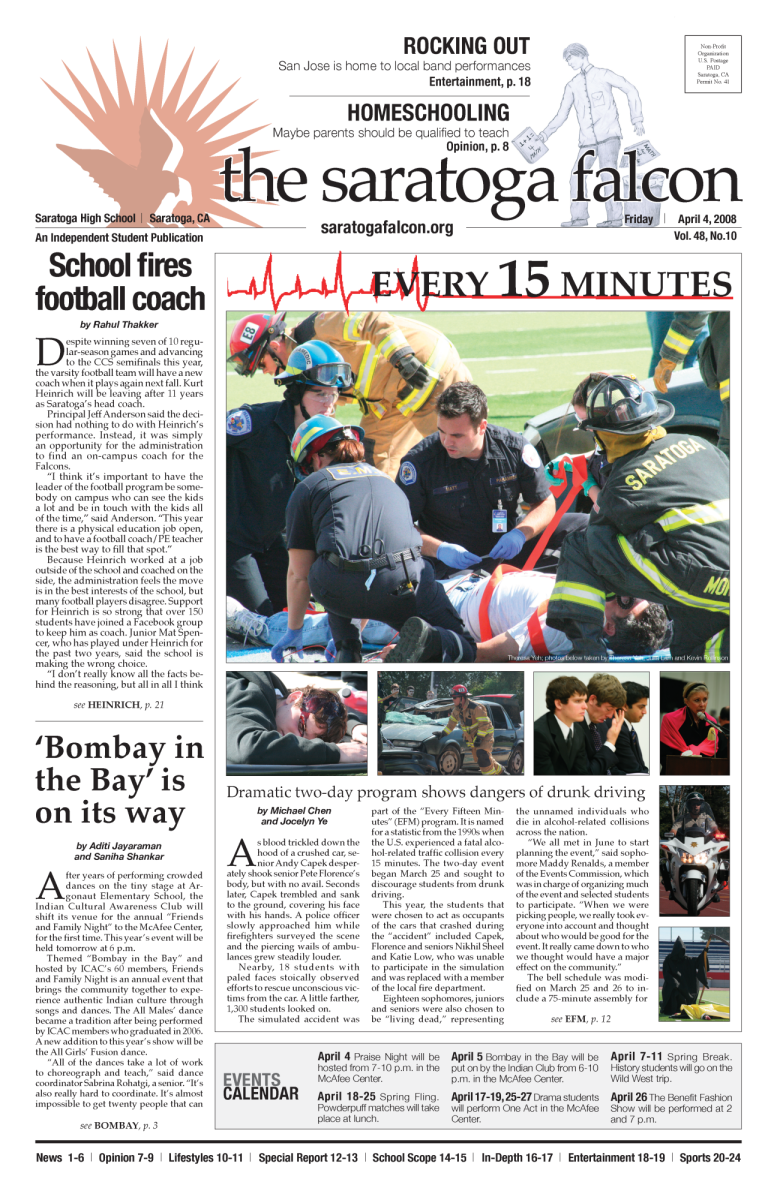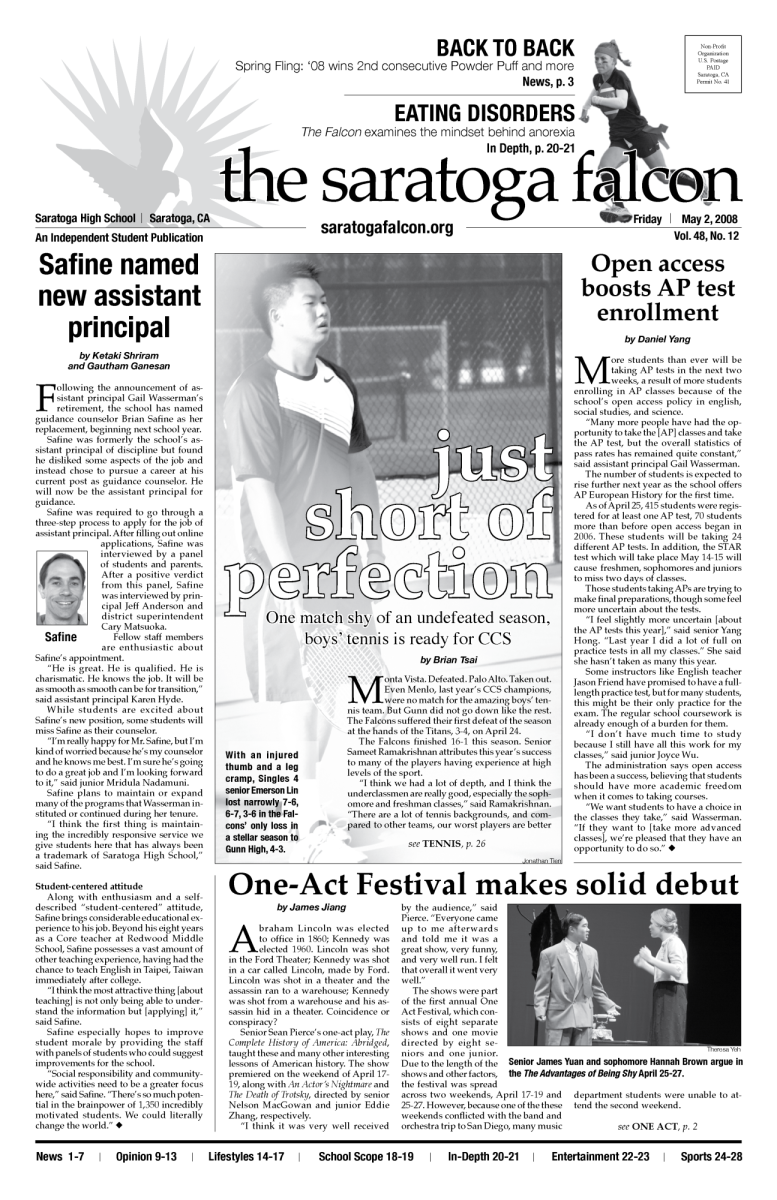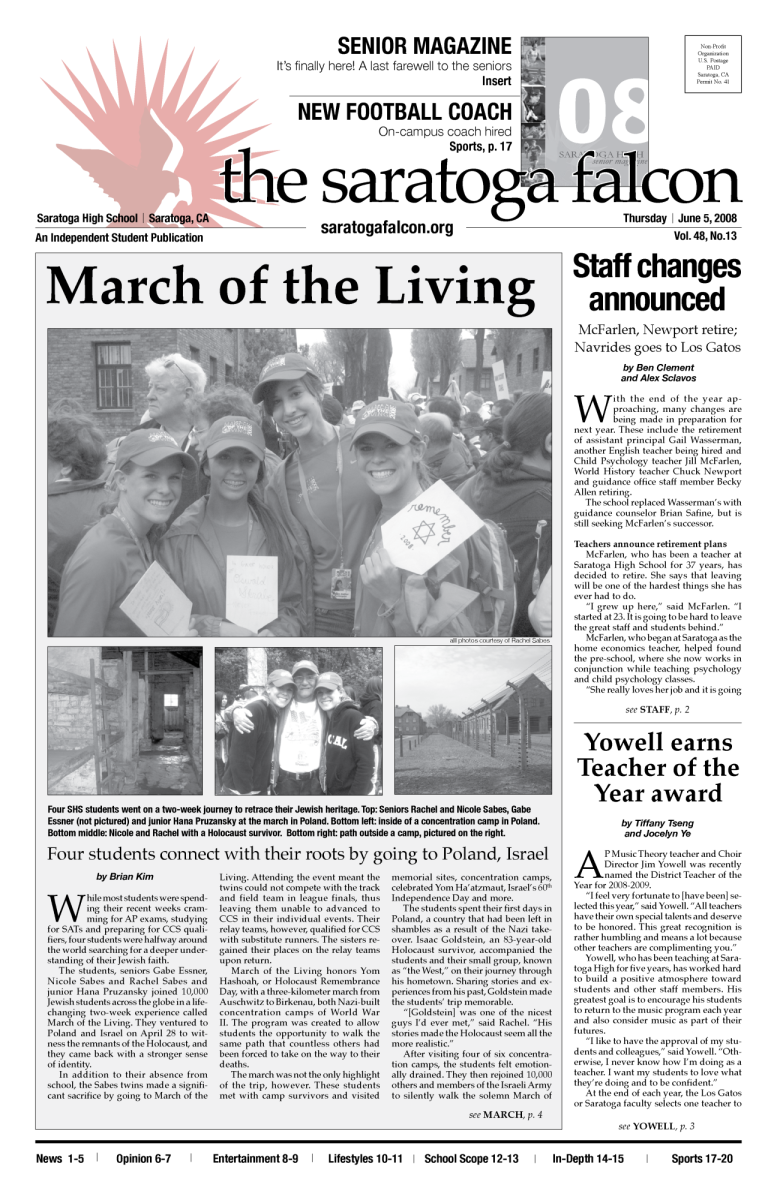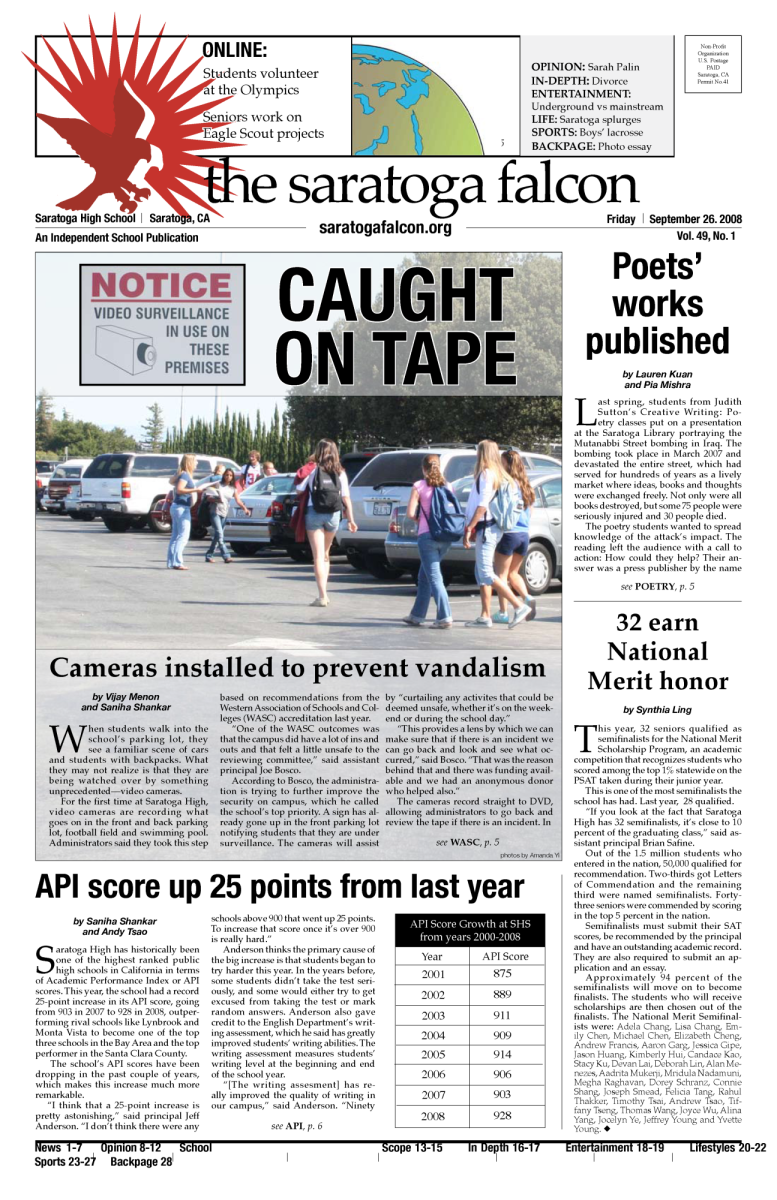When the athletics department tallied up total expenses for sports in the 2016-17 school year, athletics director Tim Lugo realized that despite the usual operating expenses of approximately $234,000, sports had been able to bring in only $140,000 through the usual asked-for donations.
As a result, the ASB was forced to step in and help — together, they were able to pay off the athletic department’s $85,000 debt.
In Lugo’s 10 years at the school, he hasn’t seen this kind of situation, or even close. Just the year before, the athletics department ended the year $1,200 in the black.
Lugo attributed last year’s debt to an uncharacteristically low donation rate for sports during the spring season: Only 50 percent of parents paid the asked-for $250 fee. That drop-off meant that in total, donations fell to a rate of 70 percent for the year, as opposed to previous yearly averages in the high 80s or low 90s.
Despite such deficits, public schools cannot make donations mandatory for extracurricular activies. In 2012, the American Civil Liberties Union (ACLU) filed a lawsuit against schools that were charging mandatory participation fees for band and sports and ultimately won the case. Now, it is mandated by law for sports teams to function entirely on district funds and donations. All fees must be optional.
But if debts continue to accumulate, Lugo said, the athletics department will have to slash expenses, starting with team budgets, uniforms and transportation, and face the possibility of cutting some sports.
Before cutting a sport, however, the team’s account, which contains a fixed amount between $14,000 and $15,000, gets closed down. Teams are then responsible for their own fundraisers in order to pay off their expenses. Even with the set funds allocated to each team each season, some sports are struggling more than others.
According to senior Bradley Oh, the boys’ water polo team had one coach for both JV and varsity teams until midway through the season, when the coach recruited his friend to help him run the teams.
Additionally, since water polo doesn’t have the expenses to rent buses to travel to away games, parent volunteers have had to offer rides so the team could carpool to other schools. As a result, some water polo players including Oh and junior Sarah Daoudi feel that they are not benefiting much from sports donations.
“Our team experienced a few setbacks due to lack of donations,” Oh said. “The pool covers are really old and need to be replaced because they are peeling away and leaving plastic in the water, but because of the budget cuts, I’m not sure when we will be able to do that.”
While the district covers the salaries of head coaches for all sports, as well as assistant coaches in large sports like football, swimming and track, the athletics department bears the rest of the burden, spending $76,000 of its budget on assistant coaches last year.
Transportation costs took up a sizable amount of the athletics department’s budget last year at $33,000. Since the district has a contract with only one school bus company, which is rarely available, teams often have to use charter buses, which is 25 percent more expensive than their counterparts.
Other expenses included referees at $36,000, league and section dues of $11,000 and uniforms at $10,000.
While some have suggested not to spend too much on maintaining the turf fields and snack bars, Lugo points out that those larger expenses are covered by Measure E bond money, which is separate from parent donations.
Other larger projects on campus such as the bleachers by the Benny Pierce field, repainting of the gym and teams’ special requests (basketball’s special shooting machine, water polo and field hockey’s new goals) were also paid by Sports Boosters, not the athletic department.
In addition, Lugo plans on running a golf tournament in the future to start to pay back the ASB. While he doesn’t expect revenue to exceed $10,000 in the tournament’s first year, he hopes it will raise as much as $30,000 in the future. By raising money little by little, Lugo hopes to repay ASB with any additional funds left over in athletic department accounts at the end of each year.
“We are ahead of what we were at last fall right now, so that’s a good sign,” Lugo said. “I think the parents have tried to understand this is a real problem and it’s up to us to get the message out.”





























